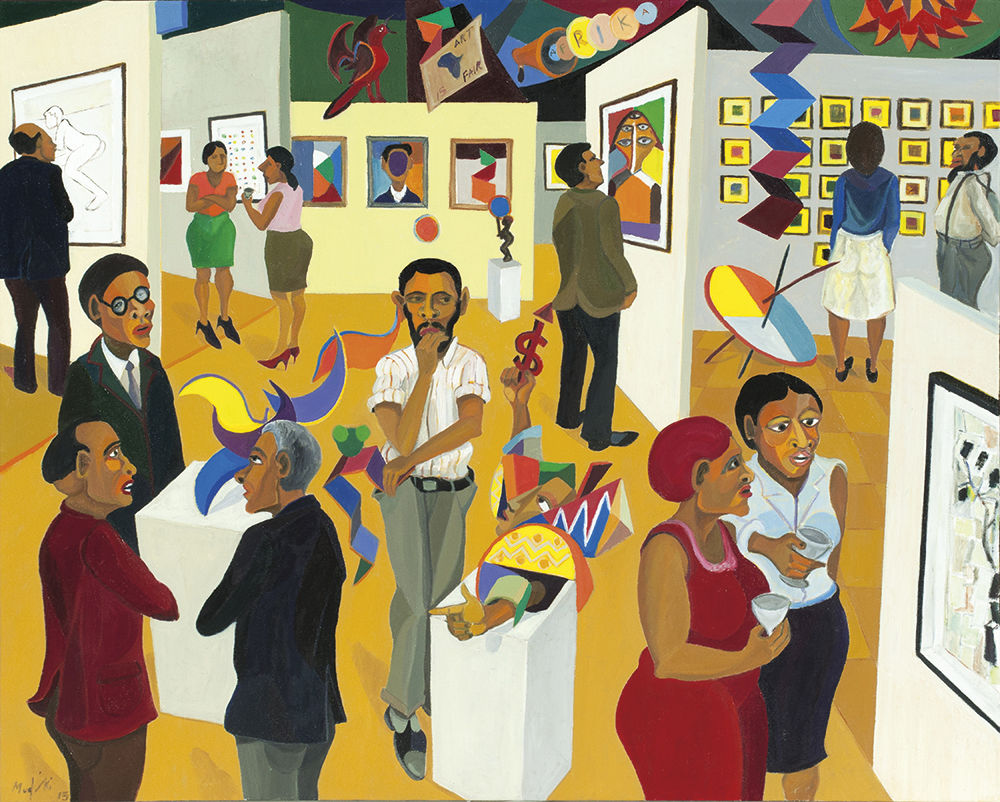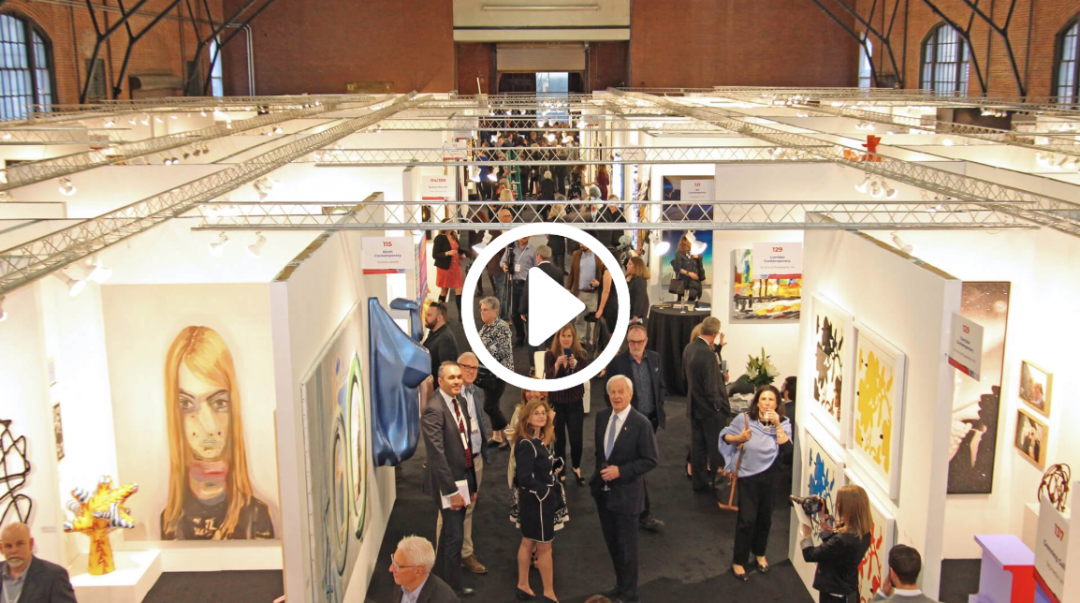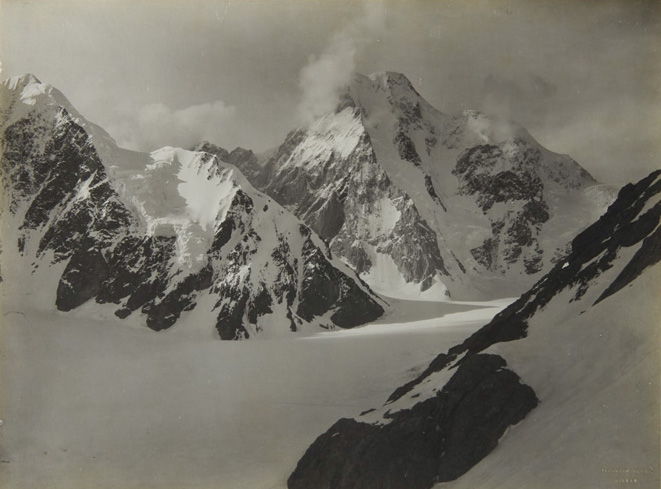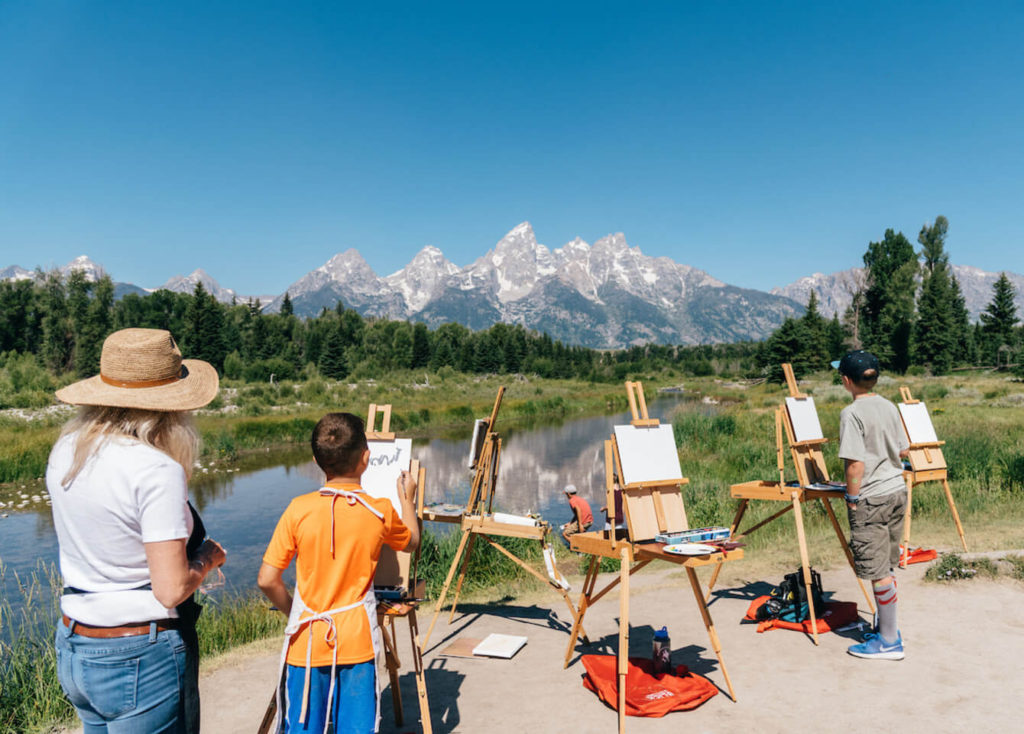Get Ready to Cowboy and Cowgirl Up’: The Inaugural Jackson Hole Fine Art Fair Shows a Strong Appetite for Western Art
Source: Artnet | September 24, 2019
Jackson Hole’s first international art fair brought together 50 dealers who focused on the tastes of local collectors.
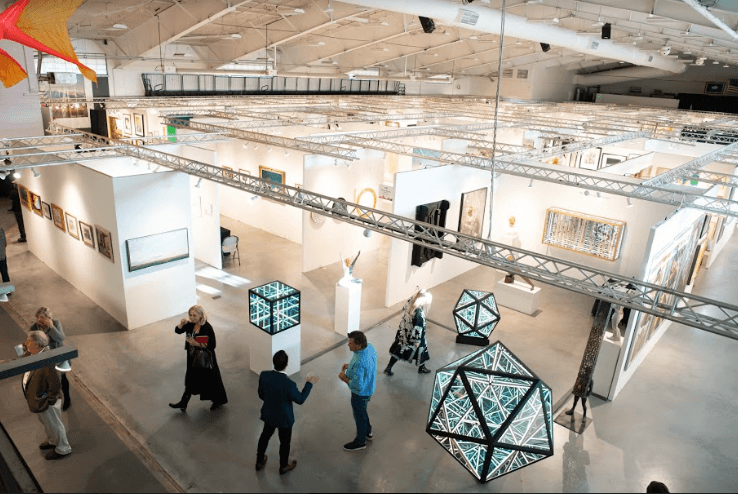
Courtesy of the Jackson Hole Fine Art Fair.
If there is a takeaway from the first-ever Jackson Hole Fine Art Fair, it may be that there is still a strong appetite for new fairs—as long as they have a local flavor and a clear raison d’être.
Closing a four-day run on September 15, the event marked the first international art fair in the affluent Western outpost of Jackson Hole, Wyoming. The fair brought together around 50 exhibitors, drew approximately 2,000 visitors, and garnered $2 million in sales, according to organizers.

Courtesy of the Jackson Hole Fine Art Fair.
The focus here was less on big-ticket blockbusters than on works that proved to match the tastes of the local collector base, including Western scene painters like Maynard Dixon, Billy Schenck, and Thomas Hart Benton, as well as contemporary artists with a strong American flavor such as Ed Ruscha and Sam Francis.
“We produced a multi-genre fair, with works within the contemporary, modern, Native American, and wildlife genres, with many of the early- to mid-20th century pieces finding new homes,” said the fair’s director Rick Friedman, who is also behind other regional events including the Philadelphia Fine Art Fair and the forthcoming Denver Fine Art Fair. “It was the wealthiest collectors as a percentage of the attendance of any of my fairs ever, over 10 years,” he added.
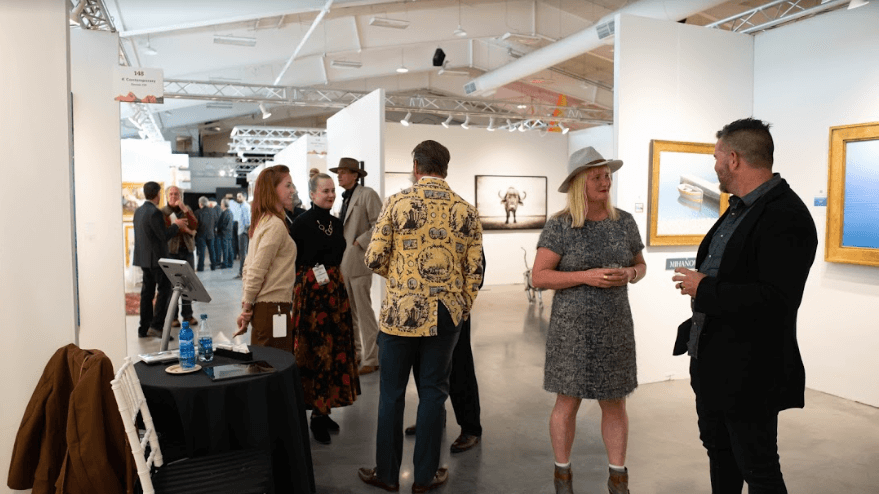
Courtesy of the Jackson Hole Fine Art Fair.
Galleries showcasing Western art fared particularly well, with Redfern Gallery, Nieto Fine Art, Medicine Man Gallery, Montana Trails, and Mongerson Gallery reporting sold-out or nearly sold-out booths. The fair also saw notable participation of galleries from the region, especially from the cities of Denver, Santa Fe, Scottsdale, and Tucson.
“It’s been incredibly exciting to see an art fair of this caliber in Jackson Hole,” said local Jackson dealer Mariam Diehl of Diehl Gallery. “It’s been wonderful to have so many like-minded dealers and the camaraderie among them has been amazing and encouraging. It’s been tremendously successful for us and we look forward to the second edition.”
What’s on the horizon for 2020? “We expect to see more high quality early American, California Impressionism, Texas School of Art, Regionalism, and Taos School works as well as accessible and uniquely Western contemporary art pieces,” Friedman said. “The fair far exceeded expectations. In our search for a little gold mine in ‘parts unknown,’ we uncovered an incredibly well-funded and knowledgeable oasis of art lovers…. Just get ready to cowboy and cowgirl up.”
Show Hours
Thur., Sept. 12th
Opening Night "Sneak Peak" | 3-6pm
Fri., Sept. 13th
Show Hours | 12-6pm
Sat., Sept. 14th
Show Hours | 12-6pm
The Harvest Moon Art Benefit | 6-8pm
Sun., Sept. 15th
Show Hours | 12-4pm
Show Venue
The Snow King Sports and Events Center is an ice skating/hockey rink that converts itself seasonally so as to host to major local fairs and expos.
It’s prominently located at the base of the magnificent Teton Mountains, which is one of the most popular winter ski slopes in the nation – and just 6 blocks from bustling Town Square, the center of Jackson Hole.
Show Address
Snow King Sports and Events Center
Jackson Hole, Wyoming



